We manufacture garments for: man, woman and child.
Market segments: prêt-à-porter + ready-to-wear + bridge brands.
The first sample the manufacter makes in developing samples to test adjustments, measurements and patterns, with original fabric or similar.
Salesman samples (SMS) are produce to displayed to pre-sell the collection and for assessing consumires feedback.
Test to control the measurements and fitting according to the graduation of sizes of the client’s order.
Process incorporated in the process of samples where, the client can order certain model (sample) in various fabrics and colors of a single size to test.
Pre-production sample (PPS) is the last stage of sample process. It is the product that will be evaluated in all details. Obtaining the approval to PPS by the client, the Final Stage = Production, according to production order (PO), begins.
= PRODUCTION
We are part of a society that has, every day, more attention to sustainable projects, certifications and initiatives.
We seek a more organic world and contribute with sustainable actions in all the services we provide on fashion industry…
So that future generations can have a world to live and care for.

Ethical Audit

GOTS-C-0053144

23021401PT

ITS-OCS-C-0053145

Management and guidance of clients and agencies who intended to use our services. Responding quickly and accurately to the needs of our and future clients, so that the process from the beginning (sample) to production output, takes place within the lead time with maximum quality and efficiency.
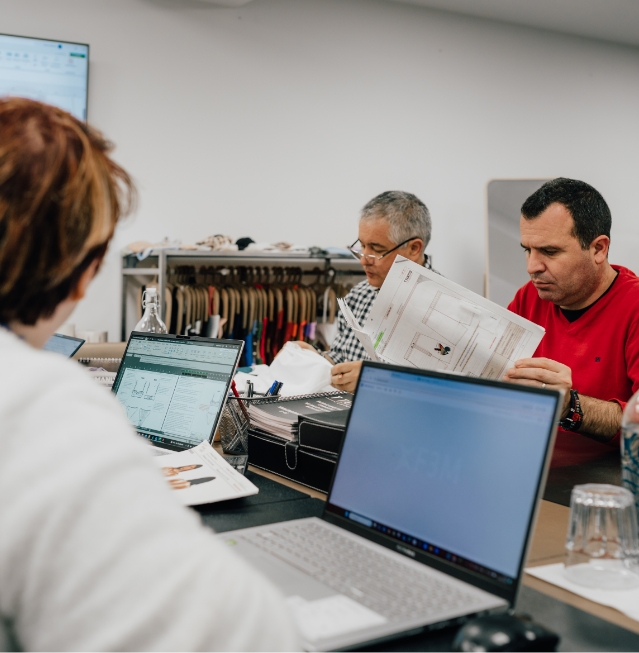
Distribution planning and entry of goods (production) of customers with defined lead- times in planning. So that each production/collection when it comes in, is known for which line and Head of Line, the production will be destined. Just like when come in, like when I came out. In addition to production planning, sample planning is also geared towards fulfilling prototype development within a maximum of 3 weeks.

Analysis and gathering of all information transmitted by the Commercial Team, according to the specifications of the technical sheet (Tech Pack) or original sample of the client or brand. All the information is gathered in the internal Tech Pack with all the necessary and accurate indications for sample development or production. Creative development in providing graphic services, if requested by the client for a particular garment and/ or collection.
Development of Strick-offs for client’s evaluation and approval, so that during production, the design/image approved in the requested service is performed as effectively and as quality as possible. Thus, taking advantage of our internal equipment, without having as a first need, resort to another supplier.
Development of Strick-offs for client’s evaluation and approval, so that during production, the design/image approved in the requested service is performed as effectively and as quality as possible. Thus, taking advantage of our internal equipment, without having as a first need, resort to another supplier.
Development of root patterns or, analysis of patterns coming from the client or agency. We have a pattern scanning table if they have been worked on paper, and thus passed to the Audaces digital program, so that the proceeding is faster. We do graduation accurately, according to the sizes and measurement chart of the client, the patterns, generating cut plans and marked that are sent in digital format to the Cutfile, or printed on the Plotter, if the cut must be manual. As well, through cutting plans and marked the Pattern Maker passes the information of the amount of raw material is needed to cut, so that there is no waste.
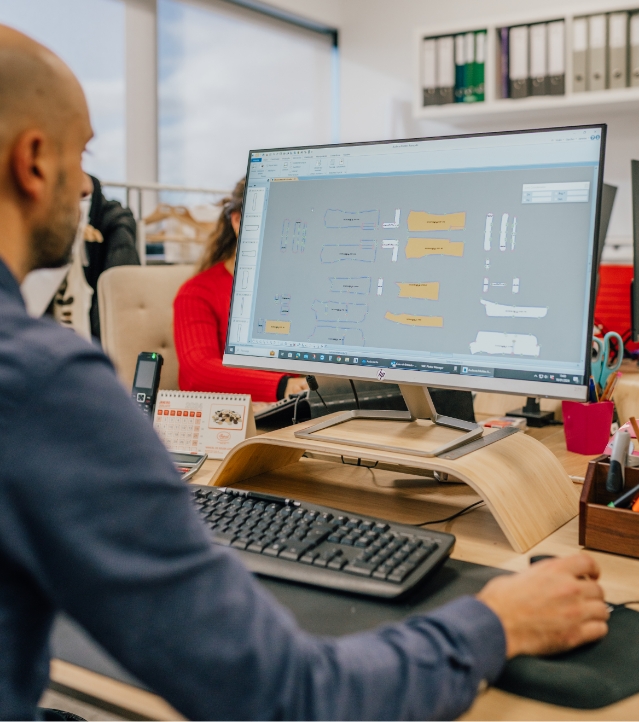
Reception of goods (fabrics, knitwear, and accessories), where they are stored according to the client’s/brand’s name and collection. The rolls are evaluated and reviewed to ensure that samples and production are produced with quality. The fabric or knitwear are weighed and counted (yardage), so that all information is as true as possible. As well as, the accessories are separated and counted, for certain piece and/or collection according to the quantities and indications of the client/brand or agency.
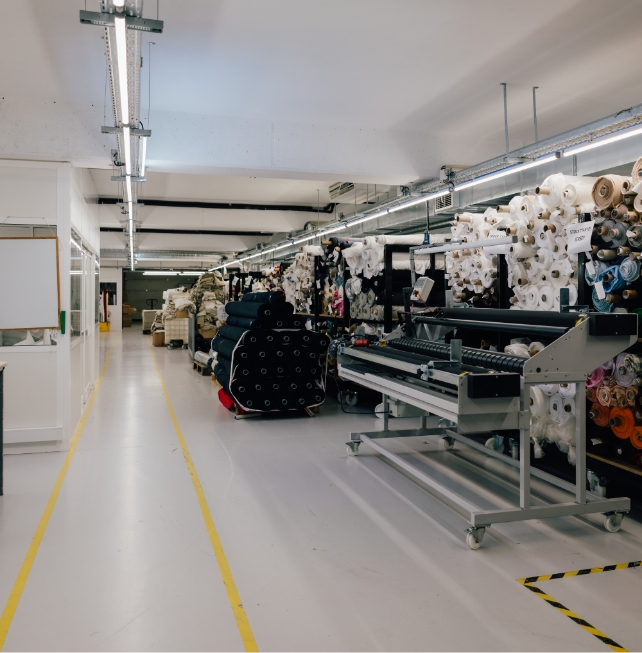
Manual, automatic or laser. For production, automatic cutting is the most used, for its speed of response and output of work. With the plan and digital marked, the automatic cutting program reads the patterns to be cut into fabric, knit, lining, interlining or paste for certain model and client. After cutting, each peace is “punched into touch screen” for label output to name each die cut and respective size, so the cutting separation is more effective and error-free.
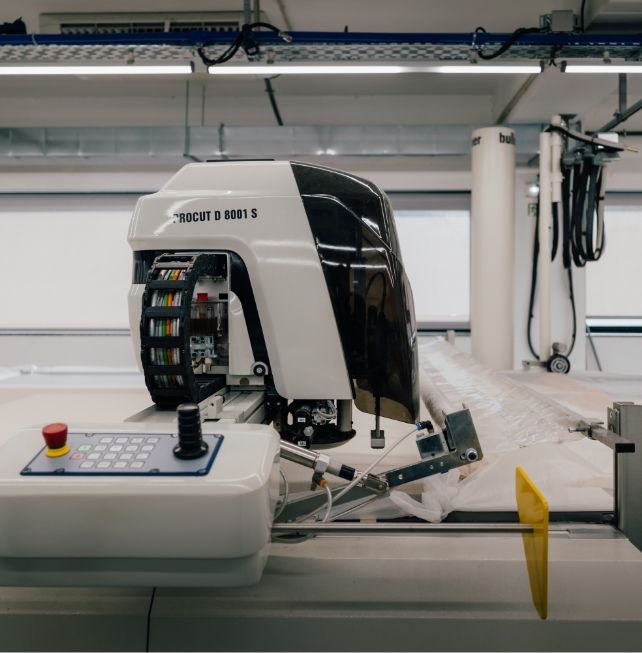
Distribution of work, separating the cut pieces from the model, by sizes and type of material to distribute to the line of confection previously intended in Planning.
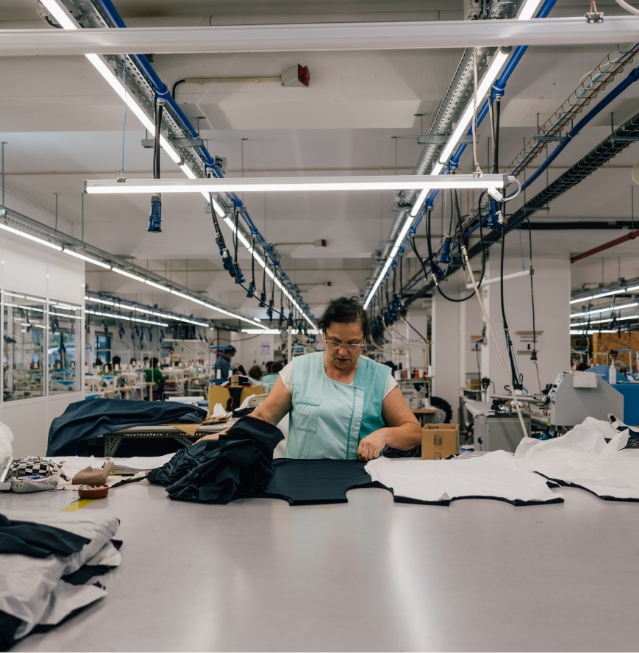
Analysis of the internal tech pack and patterns, for confection and construction of the piece intended by the client/agency. Work the best type of confection, for eventual approval for production, with perfect finishes and maximum quality. The yarn is carefully selected for the typology of the garment, the pieces are worked and studied so that the result is of excellence.
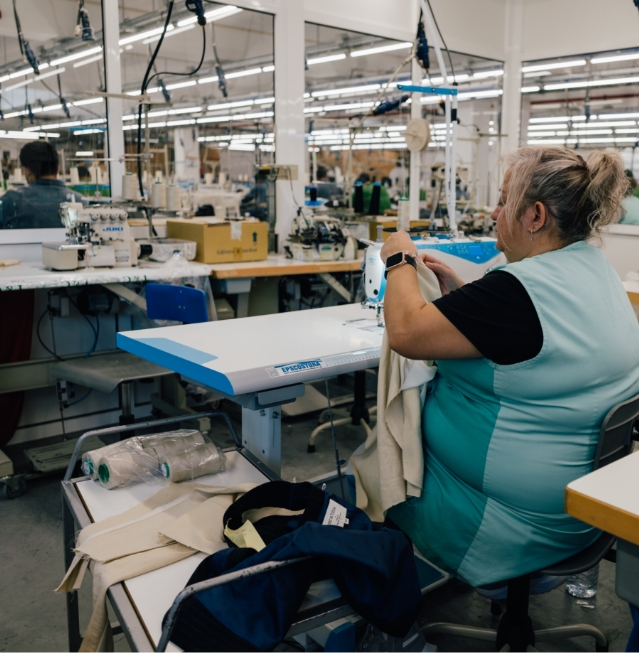
Analysis of the internal tech pack, patterns and PPS approved by the client, by the Head of Line. Assembled the production line according to the specification of the garment desired by the client, of one or more colors, with the most suitable machines for the type of part/piece. The Head of Line distributes the type of confection procedures for each seamstress, so that the production is continued without stopping. So that the lead-time implemented is fulfilled according to Production Planning.
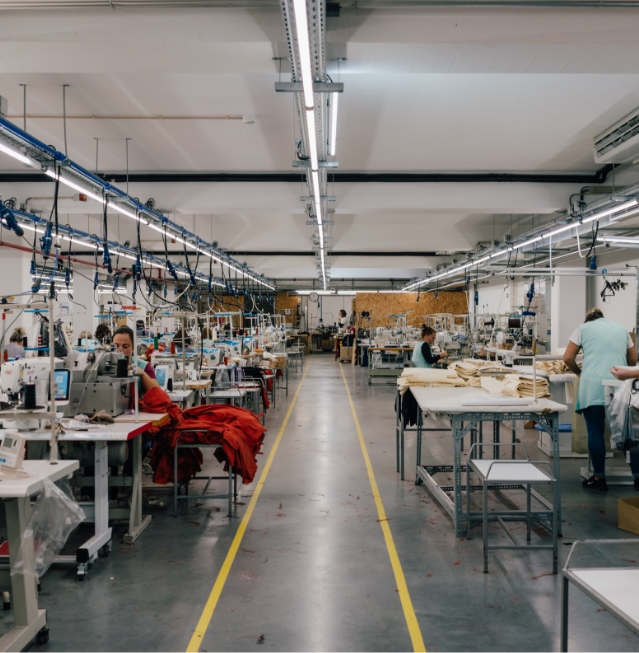
Review of the garments where yarns, ends and defects are analyzed. After reviewing the garment, it passes to the iron, where, according to the characteristic of the fabric or knit, the best method for a perfect and clean finish is selected: iron or steam. If there is dirt, we have cleaning products adapted to various types of dirt and fabric, so that the production is delivered clean and well finished.
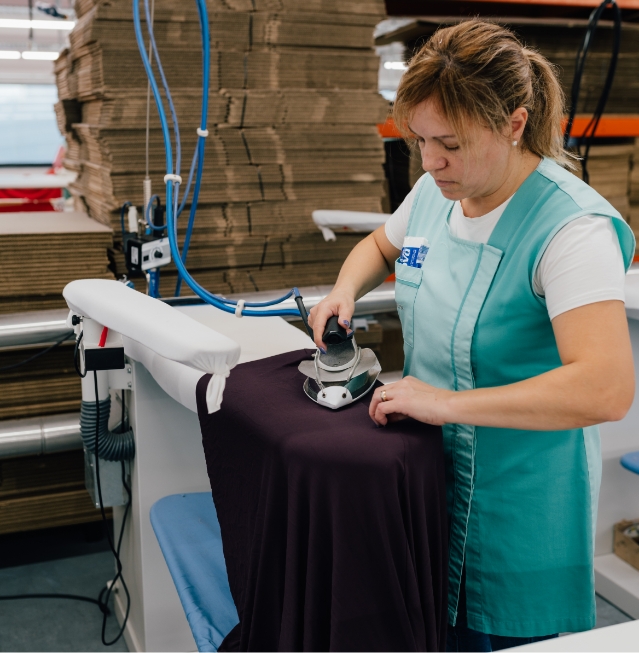
The Controller evaluates the confection, measurements and finishing of the garments before they are packed. The analyses are described in report and the measures found written in the measurement chart, whether they are in or out of tolerance. This procedure is performed internally as well as, by external Controllers contracted or the client itself.
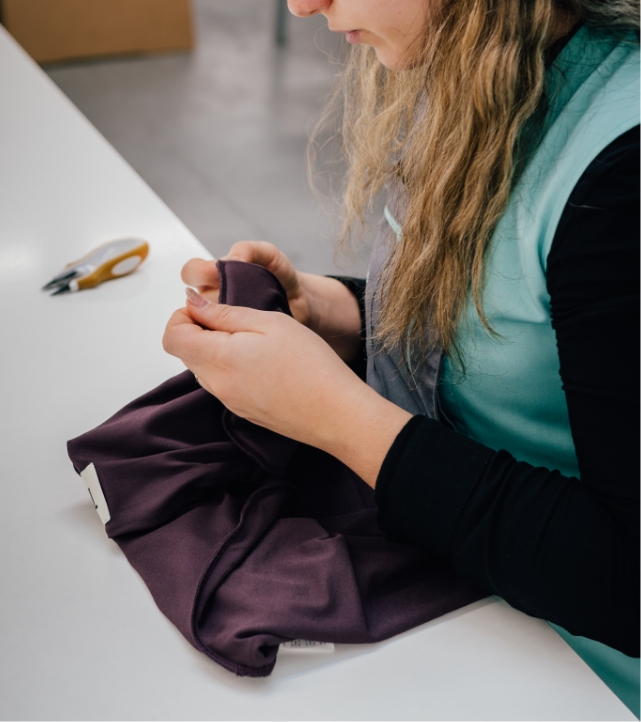
Can be hung or folded. Hangtags are placed according to the specifications of each client/agency, as well as stickers with the necessary and accurate information for model identification/ size/ color and collection. If there are folds, the client indicates how he wants them, or is proposed by TTantos with photographic records to obtain final approval from the client. As well, the hanged ones are carried out according to the client’s indications or by approval. After all this process, Packing-list, labels, and guides are made so that, the carrier selected by the client/brand/agency collects the goods and the lead-time is fulfilled.
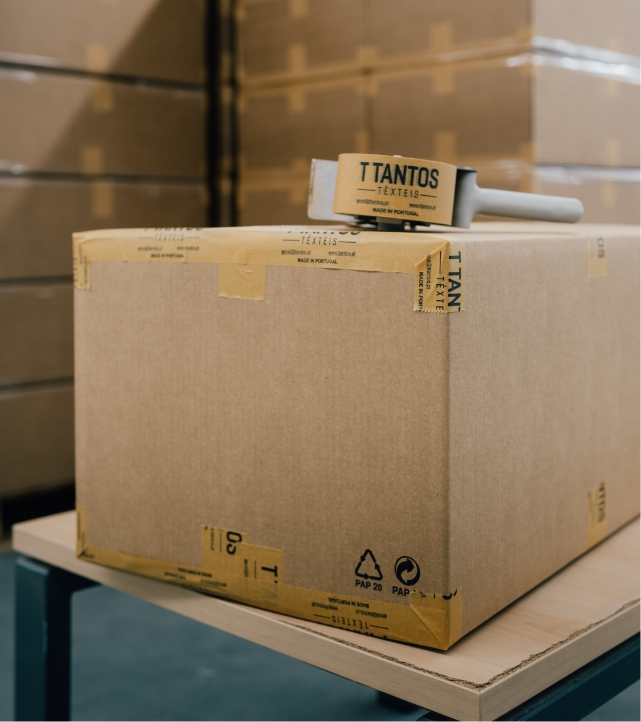

Sign up below for updates about the TTantos world.
By signing up, you agree to our Privacy Policy. Unsubscribe anytime at the bottom of our emails.